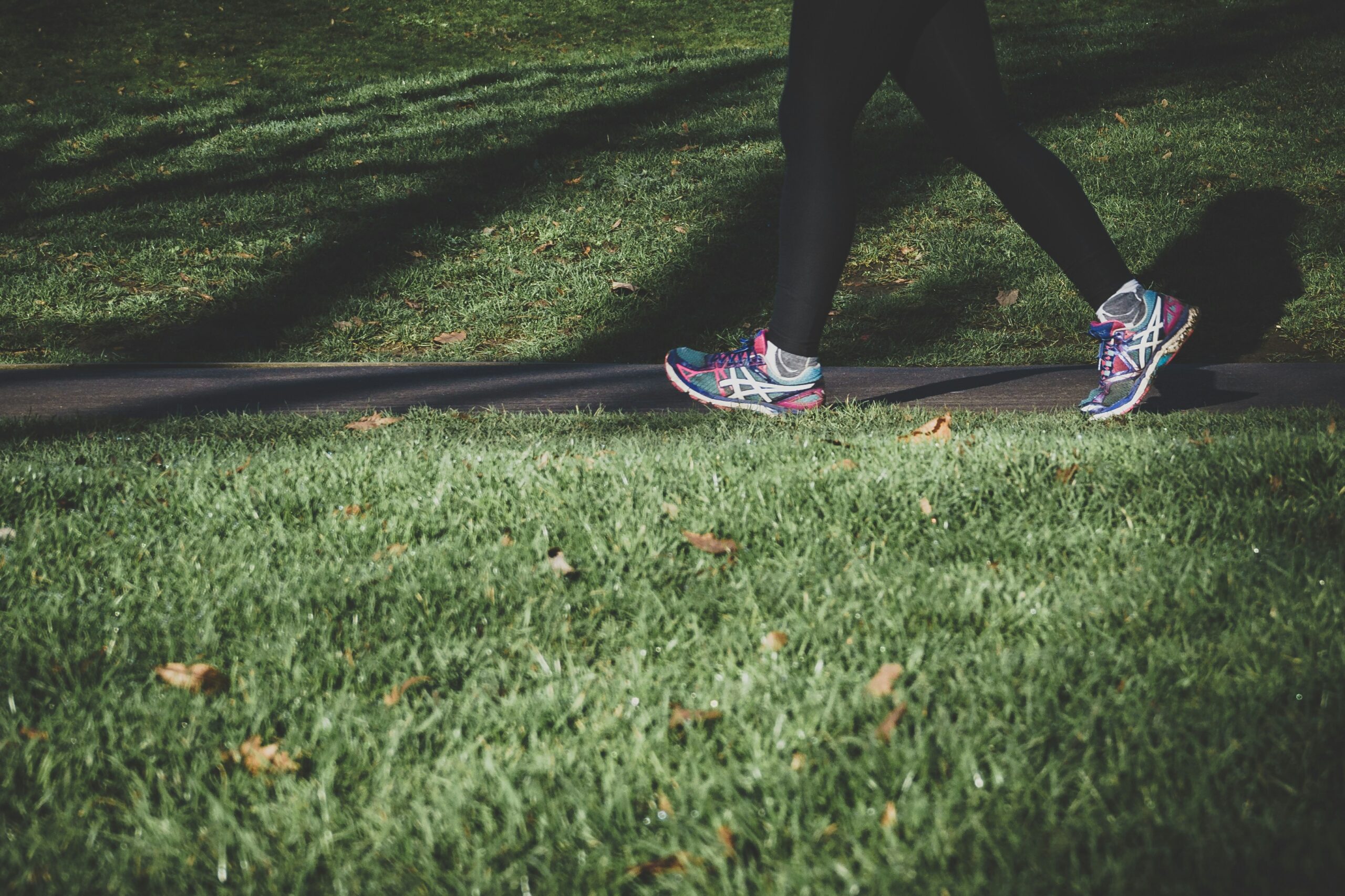
Walking is one of the simplest and most beneficial activities we can practice to improve our physical and mental health. This daily gesture becomes even more effective when done in company, in the open air, and along safe and organized routes. In recent years, walking groups have experienced real growth, representing a phenomenon that combines physical activity and social integration, with the support of various local entities, including sports associations, volunteer organizations, and local institutions.
The Benefits of Walking in a Group
Thanks to walking groups, many adults especially those who are no longer very young find an opportunity to keep fit and improve their general well-being. The benefits of this activity are many:
- Improved physical health: Walking regularly helps reduce the risk of cardiovascular disease, diabetes, and obesity, improving circulation and strengthening muscles and joints.
- Mental well-being: Outdoor exercise, combined with the company of other people, stimulates the release of endorphins, reducing stress, anxiety, and depression.
- Socialization and inclusion: Participating in a walking group also means joining a community, creating new friendships, and feeling part of a shared project.
- Mutual motivation: Walking in a group encourages consistency in physical activity, thanks to the support and motivation of companions.
Types of Walking Groups
In our city, there are different ways to participate in walking groups, offering solutions to suit every need:
- Self-managed groups: These groups are organized spontaneously, without an official guide, and are ideal for those who prefer an informal approach.
- Groups coordinated by a Walking Leader: In this case, an expert leader guides the group along safe routes, also providing useful advice to improve posture and technique.
- Nordic Walking: This variant involves the use of specific poles, which also actively involve the upper part of the body, increasing the benefits of physical activity.
- Walking with synchronized headphones: An innovative proposal that combines walking and entertainment, with music or guided instructions that make the experience even more engaging.
- Free or financially supported activities: Depending on the organization, some groups offer free walks, while others require a small contribution to cover organizational costs.
The Importance of Local Collaboration
The success of walking groups is often the result of collaboration between different local entities. Sports associations, volunteer groups, parishes, and municipal administrations work together to offer safe routes, promote the initiative, and involve an ever-increasing number of participants. This synergy not only encourages the practice of physical activity but also strengthens the sense of community and belonging.
An Activity Within Everyone’s Reach
One of the great advantages of walking is that it does not require expensive equipment or special skills. All you need is a pair of comfortable shoes and the desire to get moving.
Whether it’s a relaxing walk in a city park, a more challenging route immersed in nature, or an evening stroll with friends and neighbors, walking groups offer an accessible and inclusive way to improve your health and quality of life.
